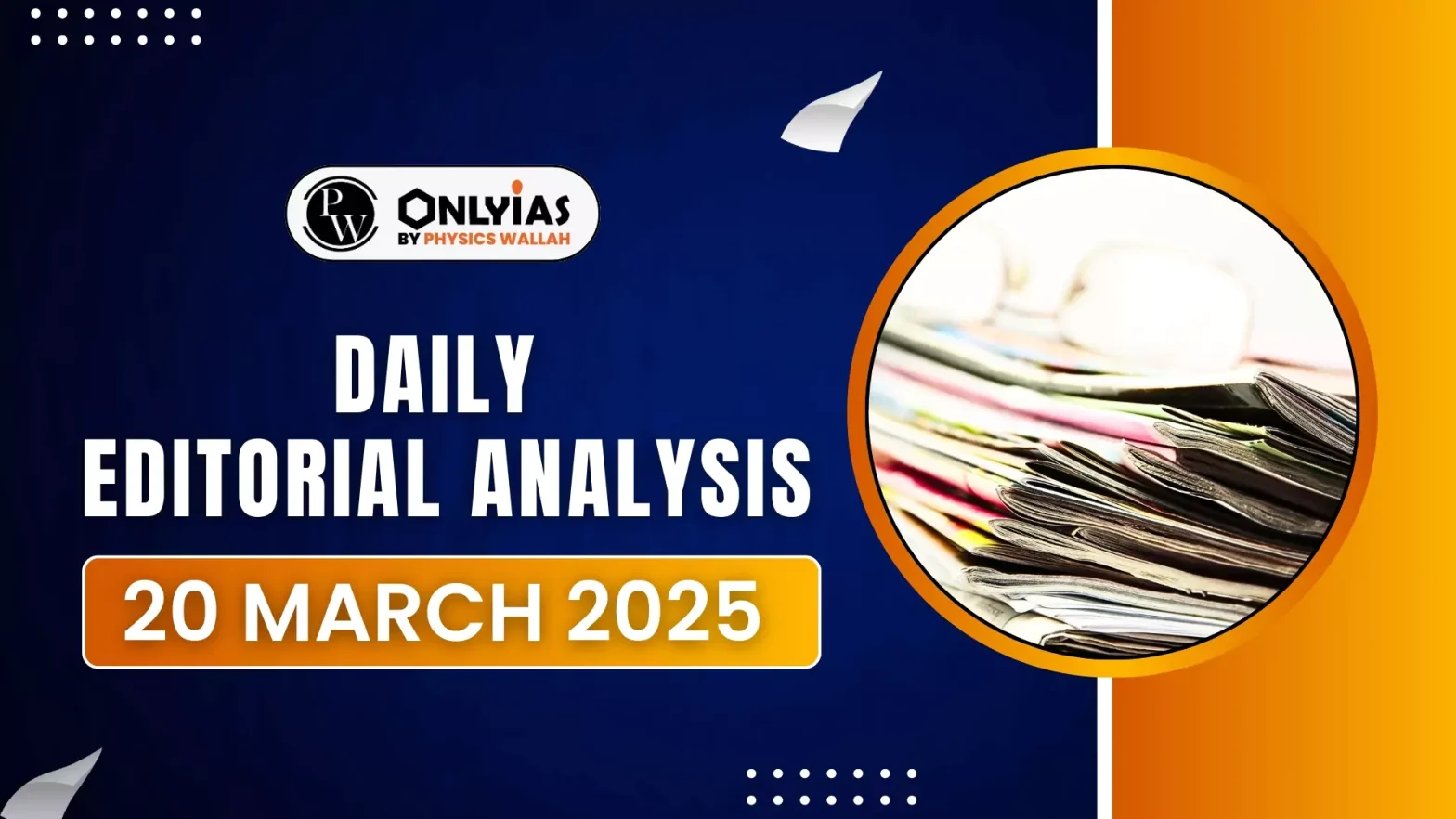![]() 20 Mar 2025
20 Mar 2025

Recently SpaceX crew capsule successfully splashed down off Florida’s coast, carrying NASA astronauts Sunita Williams, Barry Wilmore, and Nick Hague, along with Roscosmos cosmonaut Aleksandr Gorbunov.
By prioritizing safety over spectacle, space agencies can uphold their commitment to astronaut well-being and public trust.
| Mains Practice |
|---|

<div class="new-fform">
</div>